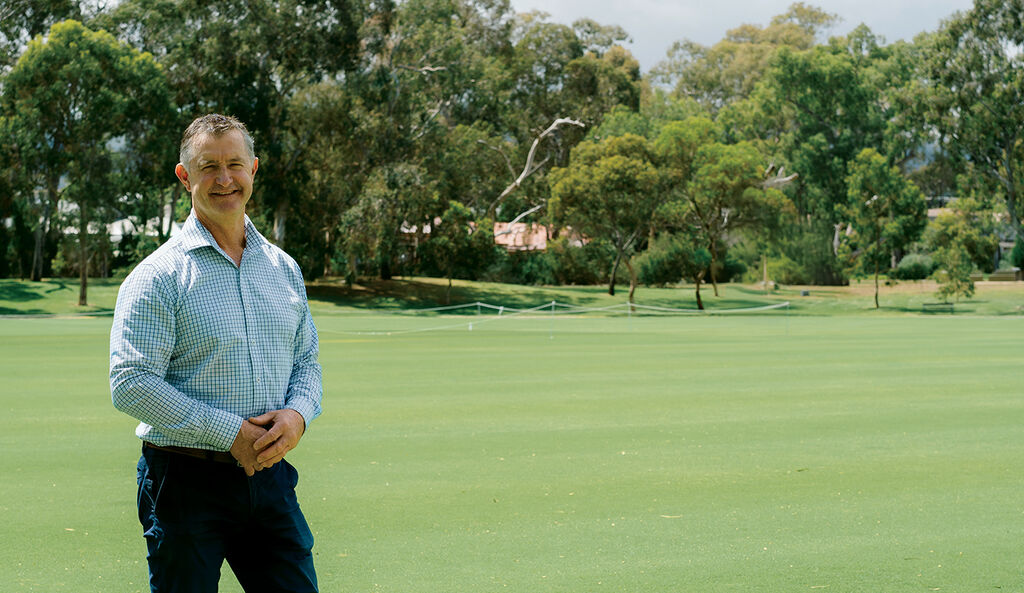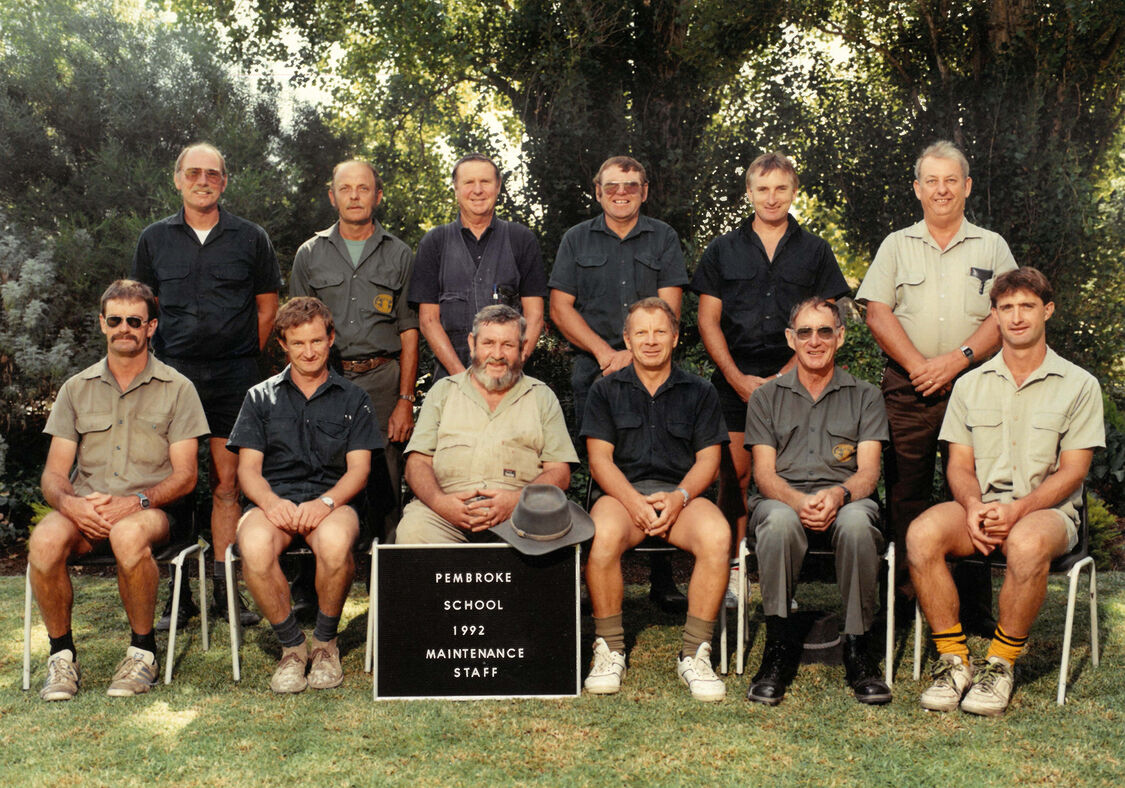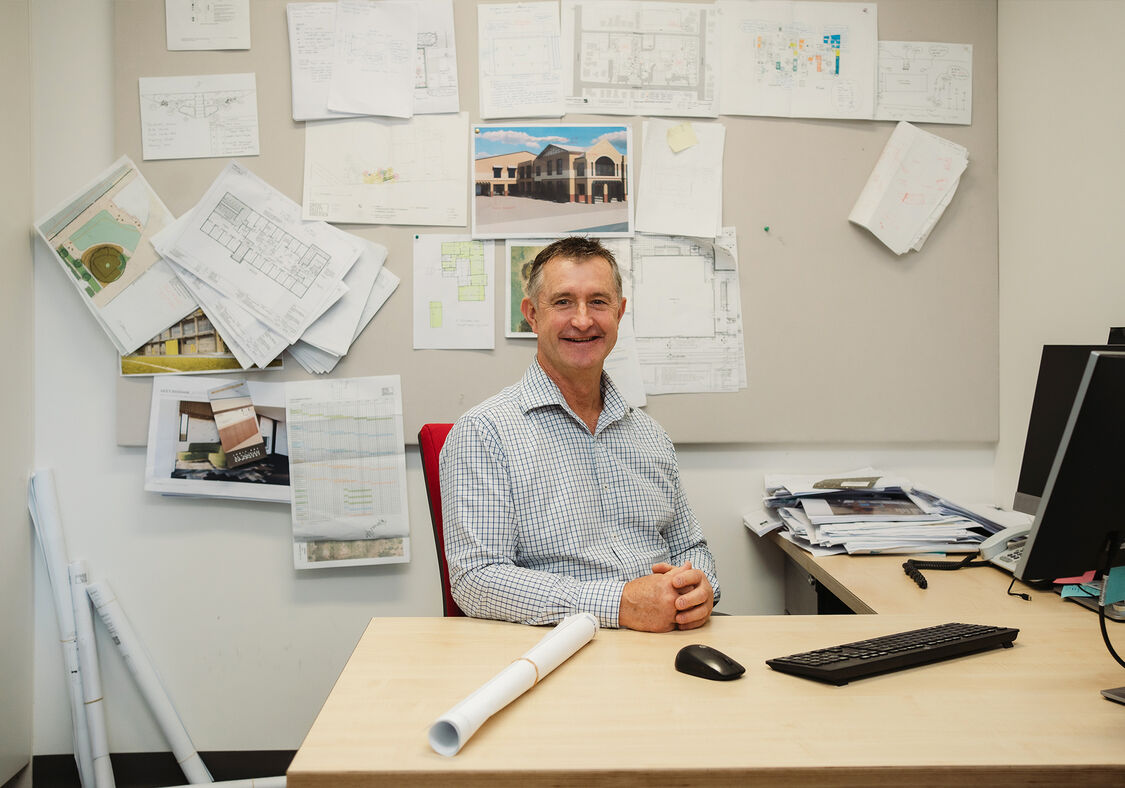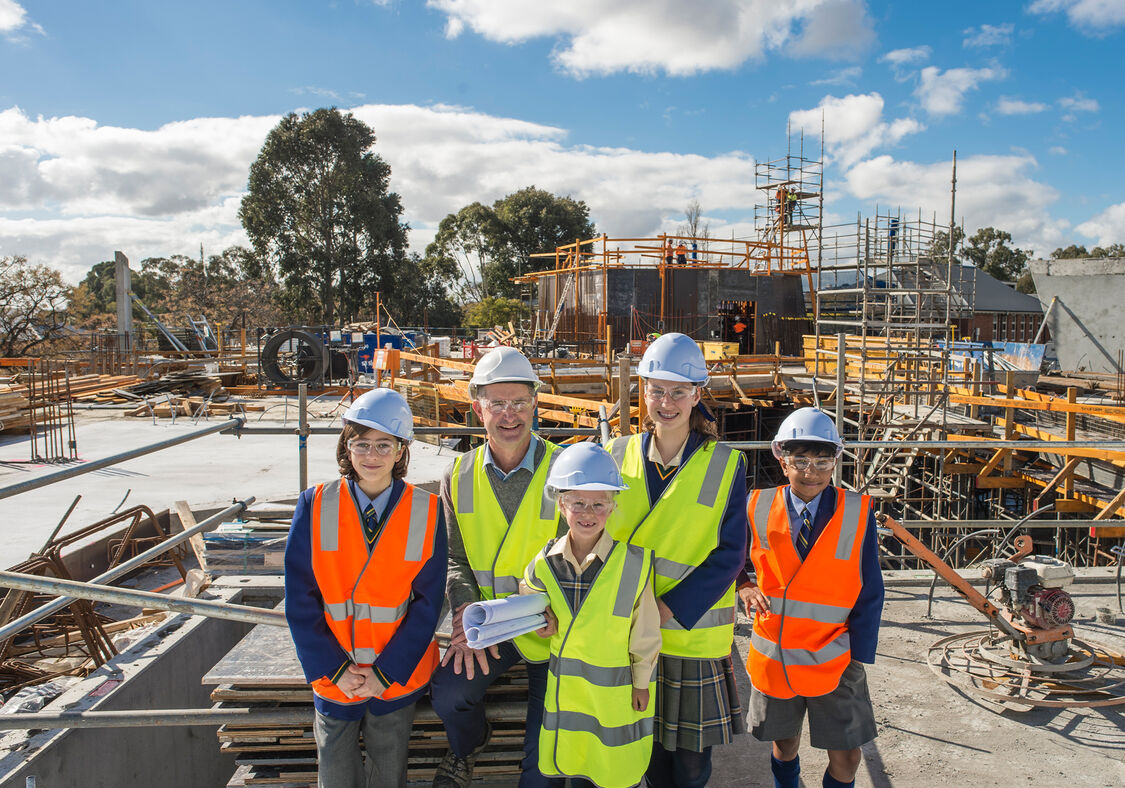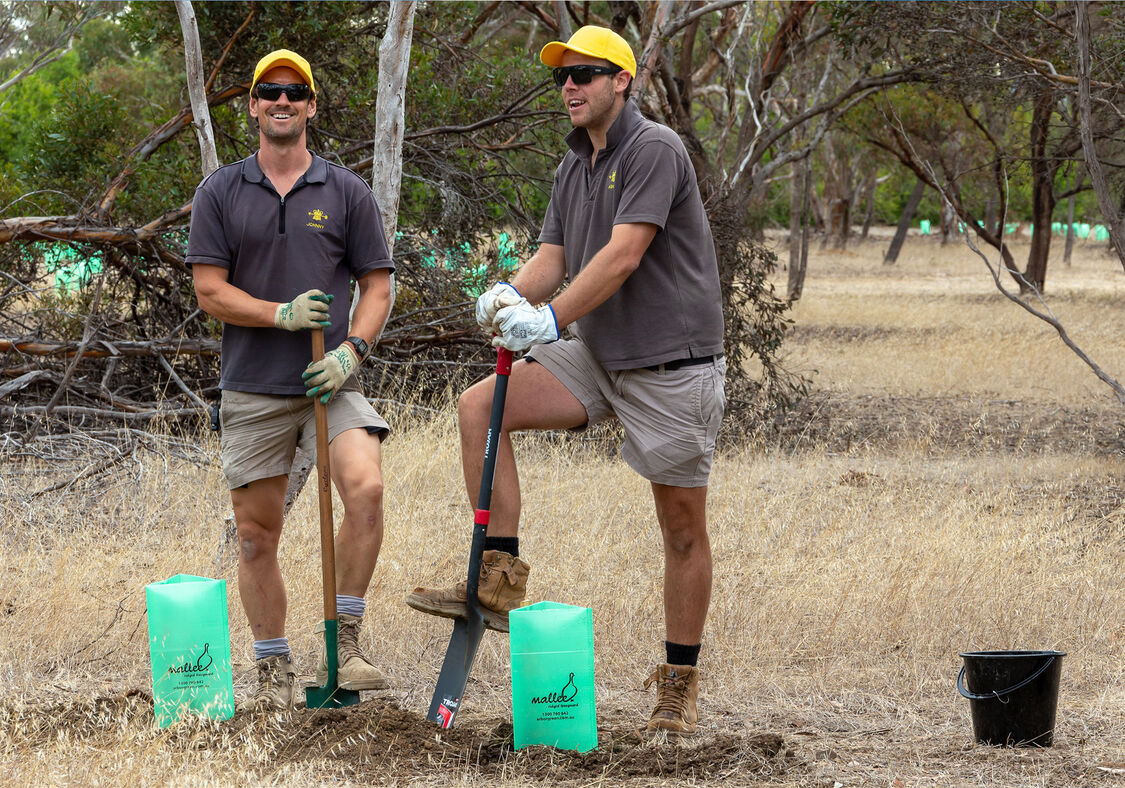28 May 2025
Back in the 80's, when Pembroke hired Peter Sulicich to help maintain the lawns, there was no restaurant-grade dining hall for the boarders, no design space so impressive that it lured an old scholar to switch careers to work there, and certainly no on-site cafe serving quality coffee to both the School community and members of the public. 40 years in and he now plays an essential part in Pembroke’s ongoing transformation.
Born in Broken Hill, Peter spent some time living overseas before moving back to Adelaide to find work. Growing up, he loved hands-on work, gardening and horticulture. Being a keen cricketer, he developed the code-specific fascination with pitches and lawn. His interests combined when he started taking care of pitches for a living.
'I worked through a whole lot of organisations when I applied to Pembroke, hoping to work on ovals and grounds. I reckon I’ve still got my handwritten application which is in cursive. The plan was to work here seasonally then spend the next six months overseas. I did that a couple of times where I would take leave over winter when work was quieter on the ovals, but things developed after I undertook some study, and I stayed here full time.'
Throughout our conversation, Peter reiterates how Pembroke has consistently supported his professional development. He’s been able to complete horticultural courses, an apprenticeship in horticulture and undertake study in natural resources. When the department evolved and new positions became available, he obtained a Project Management Degree through the School of Natural and Built Environments at the University of South Australia, which helped lead him to the position he has now, Building and Grounds Manager.
Peter’s gone from perfecting the behaviour of tufts of grass (and Pembroke has a wonderful reputation thanks to this work) to managing a department of 16 staff. Predicting what an average day might hold is now impossible.
'There are always things to organise or problems to solve. Sometimes we’re working on a small renovation of a room, others we’re planning or working through designs for a whole new building. I have a great team working with me on the day-to-day matters, and many of them have their own interests and specialties which I love to encourage. Thanks to online systems and processes, we’re more efficient than we used to be back when it was word of mouth, handwritten notes or a phone call indicating that something needed fixing. Although it is less personal.
Working on significant upgrades involves liaising with a lot of stakeholders to develop a project brief, which I find really interesting. I think Kensington Oval is such a beautiful communal space and great place to play sport on. Bringing that project to life was a win for Pembroke and the Burnside Council who we worked with. Building the bridge across to our magnificent building on Shipsters Road involved liaising with not one but two councils because the councils' boundaries are in the middle of the road. And managing the Girton Arts Precinct project meant keeping things operating without impacting on the rest of the campus for over 14 months.'
As Peter points out, trying to satisfy the needs of the department and of the School and then to work within the constraints of the budget available is a balancing act. He says he is grateful that with every new Principal, innovation has always been supported, but he is equally as proud of the enduring environmental philosophy.
'The School has a solid history of reviving and refurbishing buildings rather than demolishing, and being able to retain buildings has been such a positive experience. It enables us to maintain a piece of history, like the old Art rooms, for example. The iconic wisteria remains, twice the size it used to be, because we persisted until we found an engineering company that was keen to work with us and save it.
And the project that has given me the most personal satisfaction was spending the day with all our professional services staff revegetating a paddock at Old Watulunga a few years back. Everyone was in there working together, no hierarchy, boots and all, getting stuck in planting thousands of trees and shrubs. The revegetation is an ongoing project that we’ve been able incorporate with the School curriculum and Outdoor Education Program and I’d love to get those staff who were involved with this project back to see how much the trees have grown.'
While the diversity of his work and the support of his professional development are both key reasons why Peter has stayed at Pembroke so long, so is the atmosphere.
‘It’s always been a really positive place to work. A friendly and welcoming place where everyone treats each other with respect. Current Principal Mark Staker is so keen, energetic, enthusiastic and positive about improving the physical environment as well as the rest of the School. Since his arrival, there have been some really good success stories.’
If Peter ever seems slightly less positive on the other side of school holidays, he’s probably just tired. Holidays are his busiest time.
'We’re almost like a building site when the kids and teaching staff aren’t here. It’s when most of our sizeable works happen. We actually look forward to it as there are fewer interruptions—no functions to set up—and we can move from operational mode to project-based mode and continue with ongoing and continuous upgrades.'
They often require casuals, incidentally. So put your hand up if you’re keen.
Given how busy and responsive schools need to be, Peter’s to do list is so persistent that he likens his work to a farm. 'There’s always stuff that needs doing and always something that needs attention. You get to an end but then you start again. It’s not unusual to go through and renovate spaces and then do them again years later.'
While it might sound like a never-ending story, he says it’s always interesting. And that might just be the clincher for his wonderful innings. 40 years, and still counting.
Kate Holland (1992)
Old scholar



